Calling Education is an NPO that was established out of identifying the need for affordable top-quality education as an imperative to South Africa’s restoration. Their first campus, rolling out their unique funding model, is Calling Academy Stellenbosch, which is located on a bucolic plot bordering the Polkadraai Road between Stellenbosch and Kuilsriver. The site was identified and set aside by the previous generation of surrounding landowners to serve the local farming community and consisted originally of six existing classrooms, a reception, and a sports field.
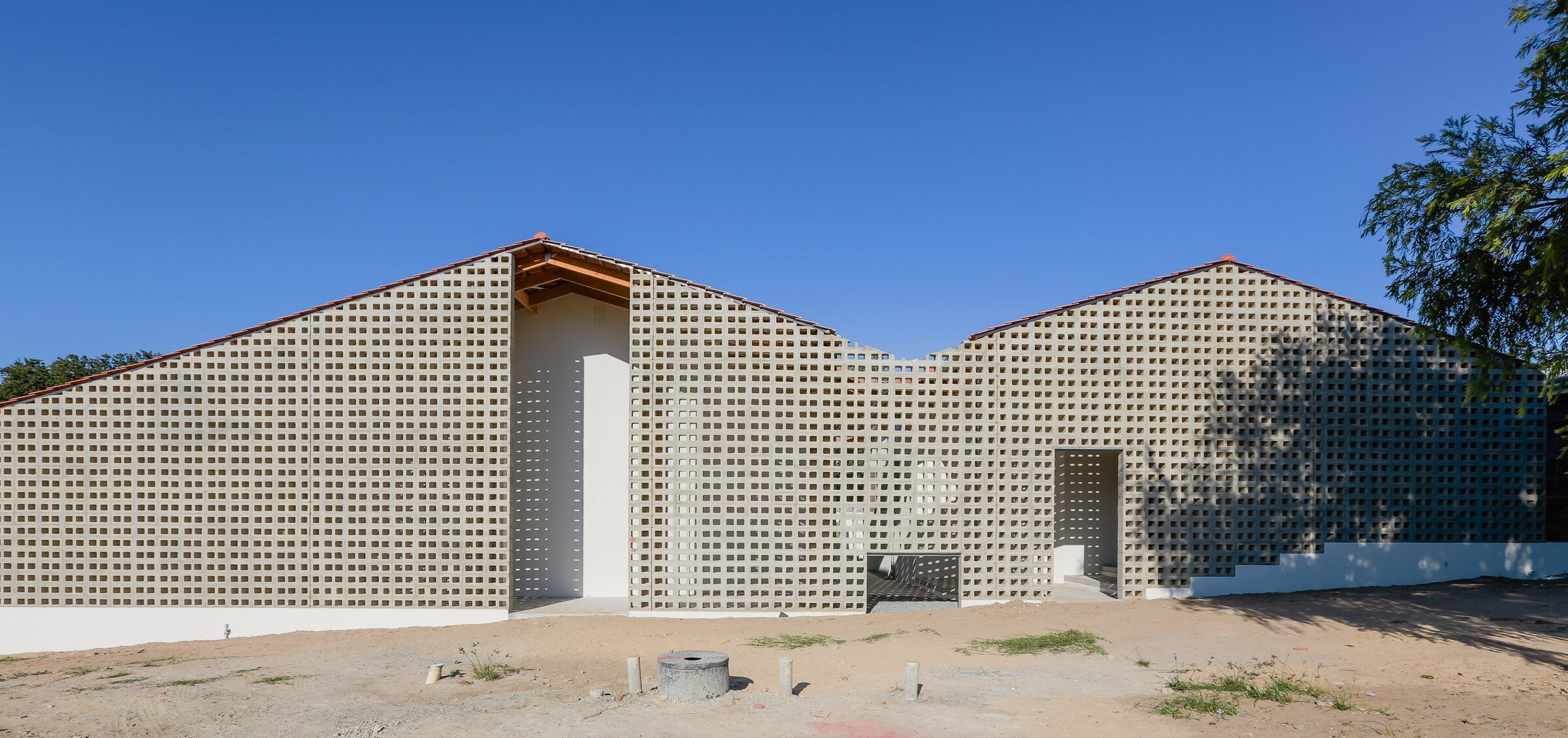
As the institution grew each year with the intake of another grade, their accommodation requirements expanded yearly. With severe financial and development right constraints, the campus is getting shaped by fluidly adapting to the external factors that are at play whenever it's intersecting the given moment of accommodation demand. Designing this campus is therefore an ongoing organic process aimed at maximizing the quality of the learning environment, connected to the natural beauty of the site, at the lowest possible cost, resonating with their priority of quality education over cost of facilities.
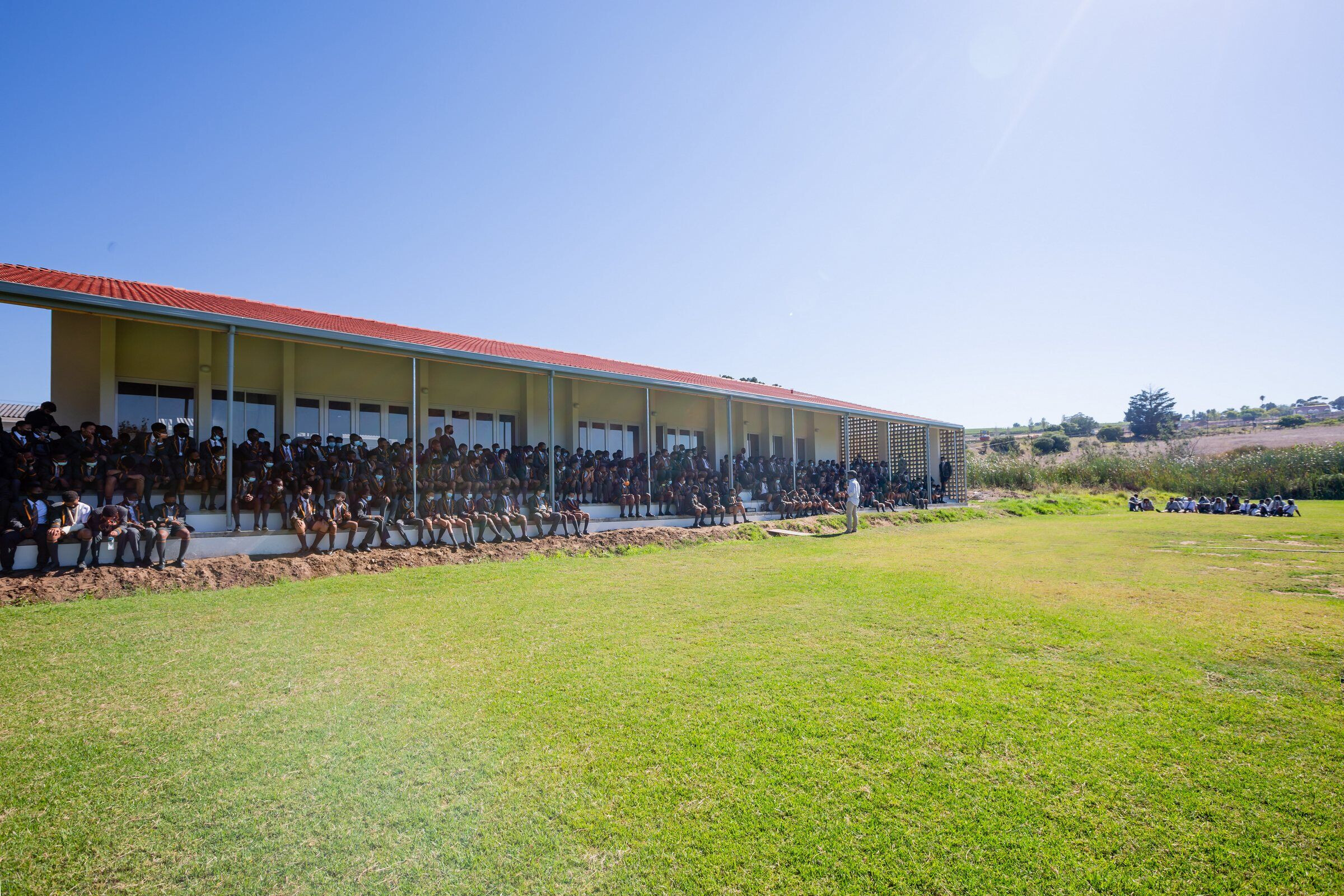
The project is an addition of a new section to the original farm school and consist of many flexible functions unified under a continuous tiled roof and applied to create a renewed image for the place without making any changes to the original school. The functions are a laboratory, staff room, staff offices and amenities, an additional classroom, and a counseling room. Extended roof overhangs and the use of concrete-block screen walls allows internal spaces to overflow, and creates a variety of thresholds between interior and exterior, the users and nature. The floors step down with the natural slope of the terrain, creating the required variation in volumes while the roofs remain on the same level.
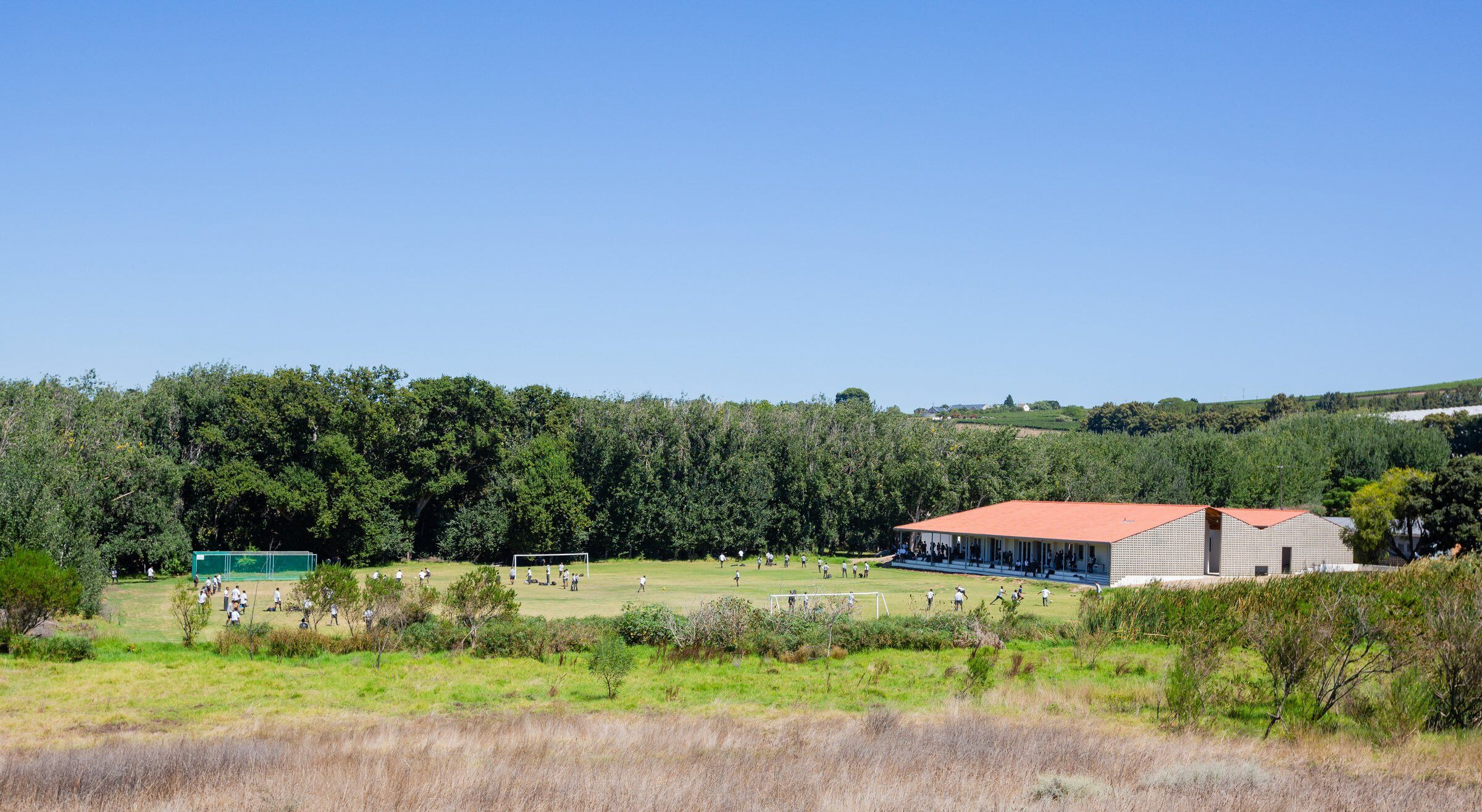
Who are the clients and what's interesting about them?
Calling Education is an inspiring non-profit organisation of who anyone interested in the restoration of South Africa should know. They are developing the most relevant model of providing high quality education to learners from low income communities for South Africa (https://www.callingeducation.org.za/). Top quality education is their priority. This level private education far exceeds the budgets of the majority of South Africans, necessitating a funding model where learners are sponsored for the duration of their secondary education. The organisation diligently stewards every cent they receive, and initiating this building demanded extreme efficiency in providing sufficient space as flexible and economical as possible. In the words of their principle, "they would rather provide top education under a tree than poor education in the best facilities".
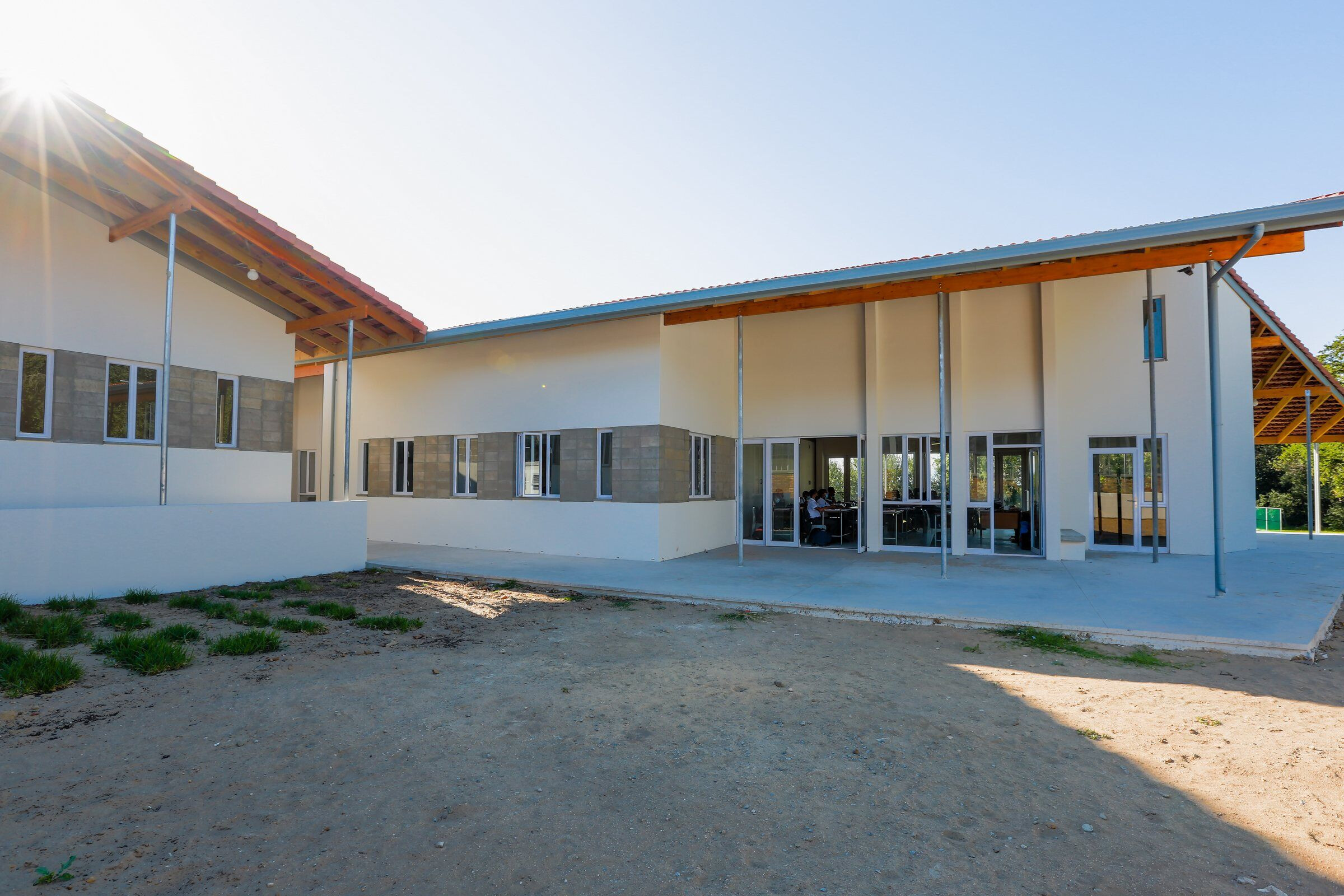
What was the brief?
The brief was simply to provide the required functions, mentioned in the description, at the lowest possible cost, while providing as much as possible value, opportunity, and dignity.
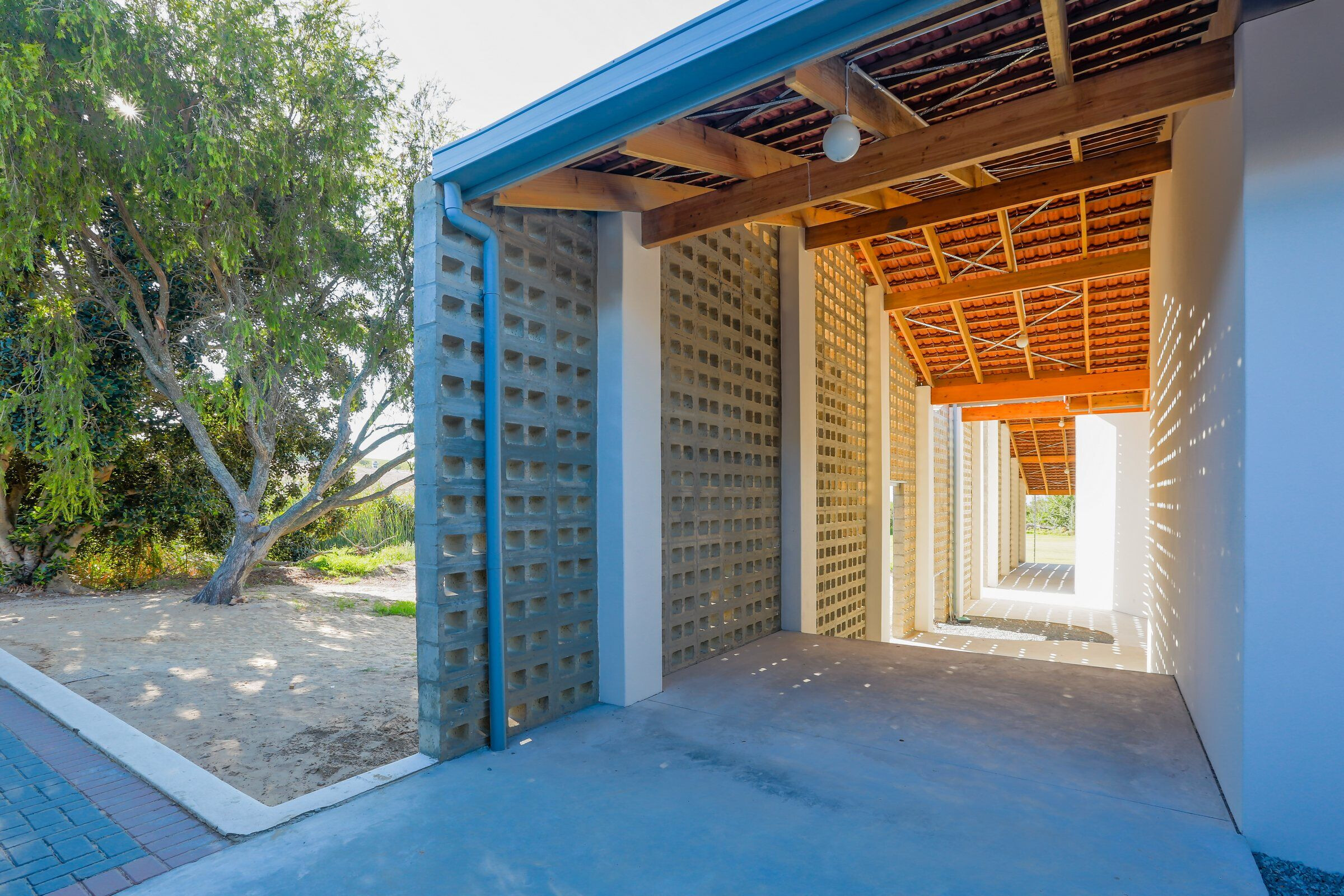
What were the key challenges?
The school has been in operation since 2018, meaning the first group of learners they took in as grade 8's was about to enter their final year of school this year, 2022. In order for the school to have sufficient capacity so that they can take in the new grade 8's in 2022, this increase of their facility was the final requirement to ensure that they have sufficient capacity to run a complete secondary school from grade 8 - 12 effortlessly. Around March 2020 they confirmed that the building project is an achievable goal and we should go ahead while the school's management works day and night to procure funding to make it a reality. Up to the end of the construction process, and now still while doing the final touches like landscaping and furniture fit-outs, they are tirelessly grafting to get funding to give their learners the best.
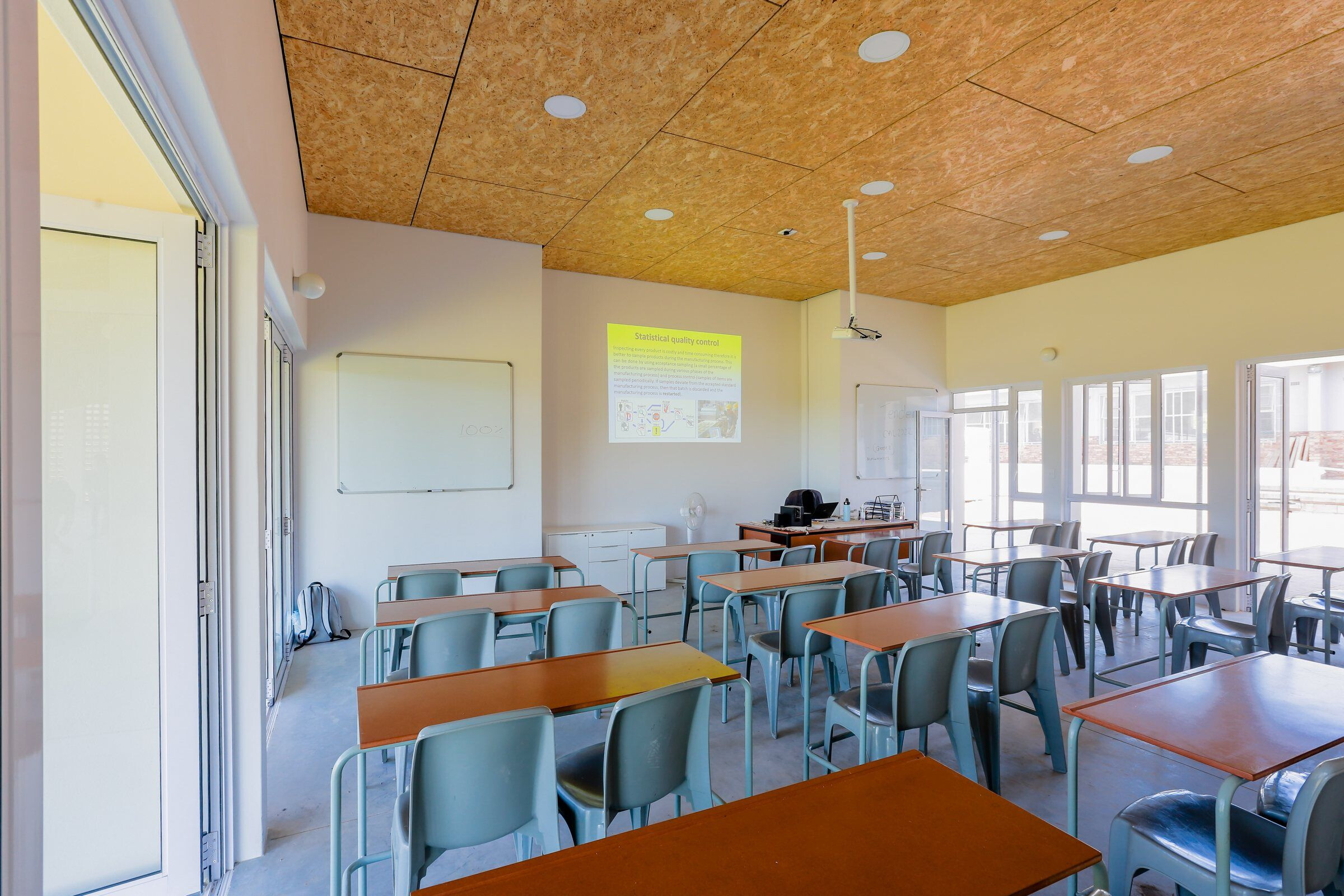
There were many development right issues on the site. It is bordered by two runoff streams that required environmental investigations. It is next to a district road with a very wide centreline setback. Confusion between the local municipality and deeds office exist regarding ownership of the upper portion of the site, precluding development to the north of the existing school building. The only area that remained available for development was the portion between the existing school and sports field. A future phase envisions linking the new addition's external roofed foyer that is formed between the building masses and screen wall, with the existing quad on the north side of the original school building by sacrificing one of the original classrooms as circulation space and adding a few classrooms to the north of the quad to extend their learner capacity.
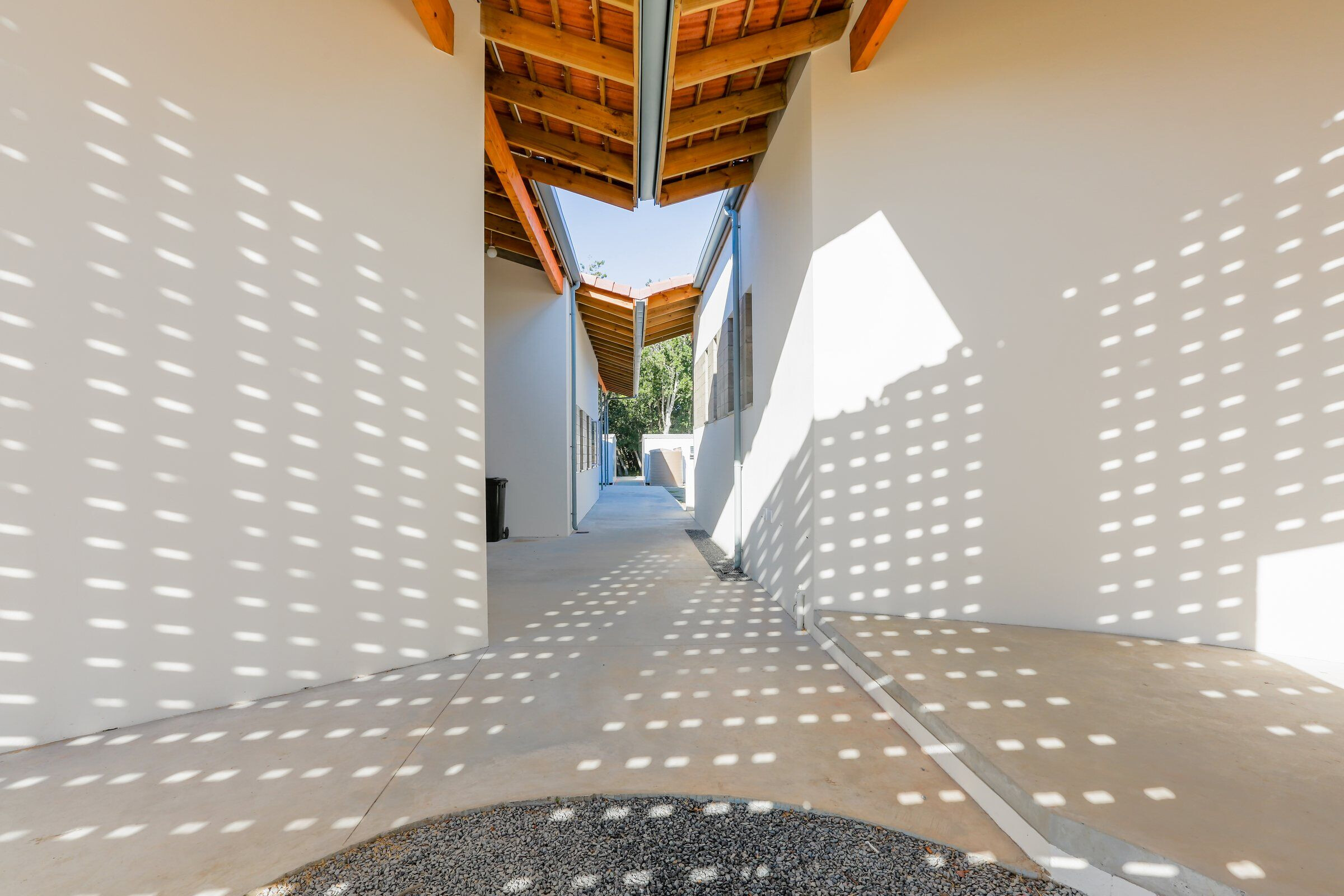
The rural site is not serviced by the local municipality. A system of rainwater harvesting tanks for grey water and borehole water for potable use was installed as water supply. An upgraded conservancy tank was installed as a drainage system.
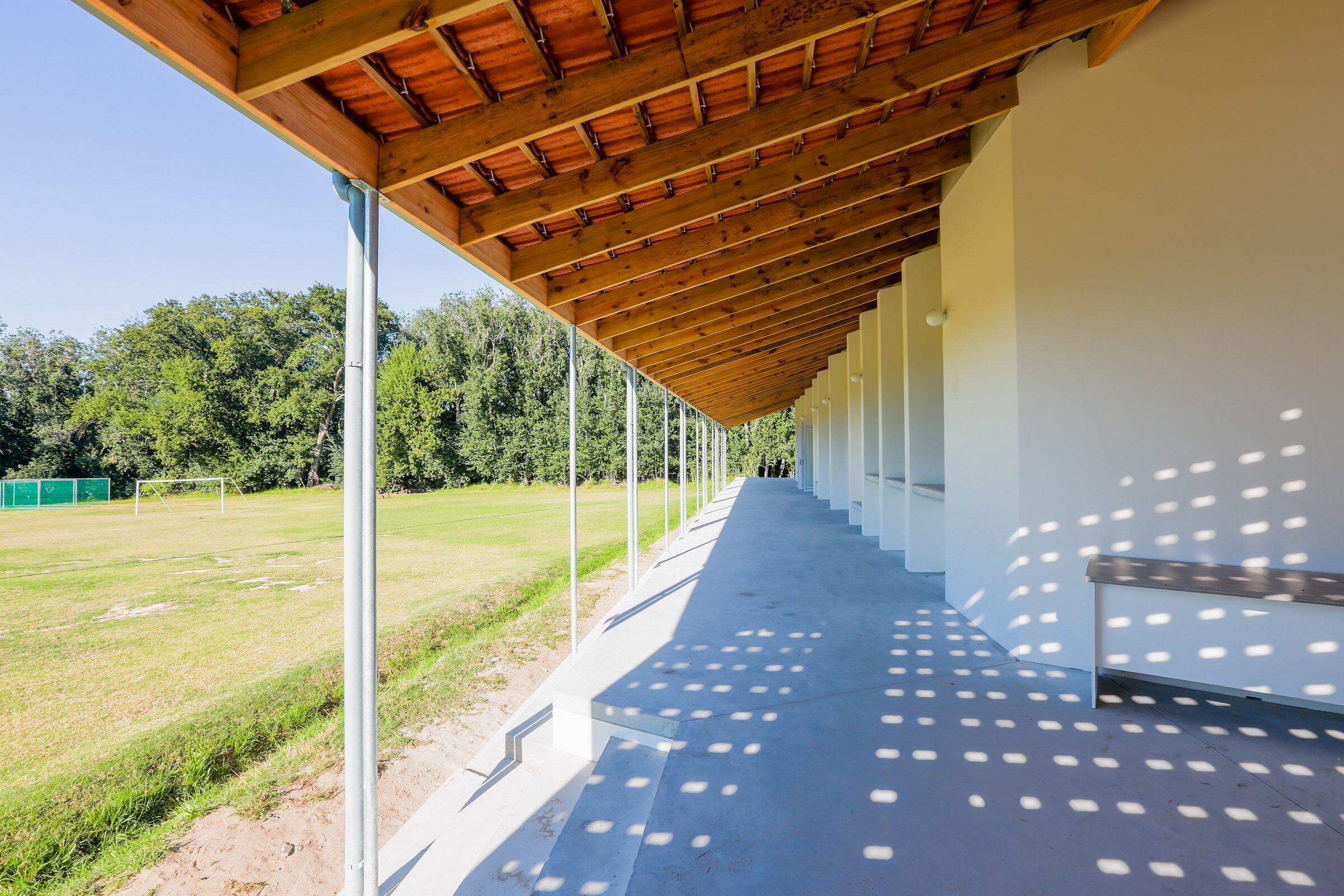
What were the solutions?
The articulation of the eastern façade declares a distinct figure to be associated with the institution. Upon arrival the concrete-block screen with three openings ushers people into the facility through a threshold space that blur boundaries between indoors and outdoors. This is seen as the foyer that connects visitor, teacher, and learner spaces. Not only does it clearly express the new front façade of the institution, but also brings clarity for users to orientate themselves around the facility.
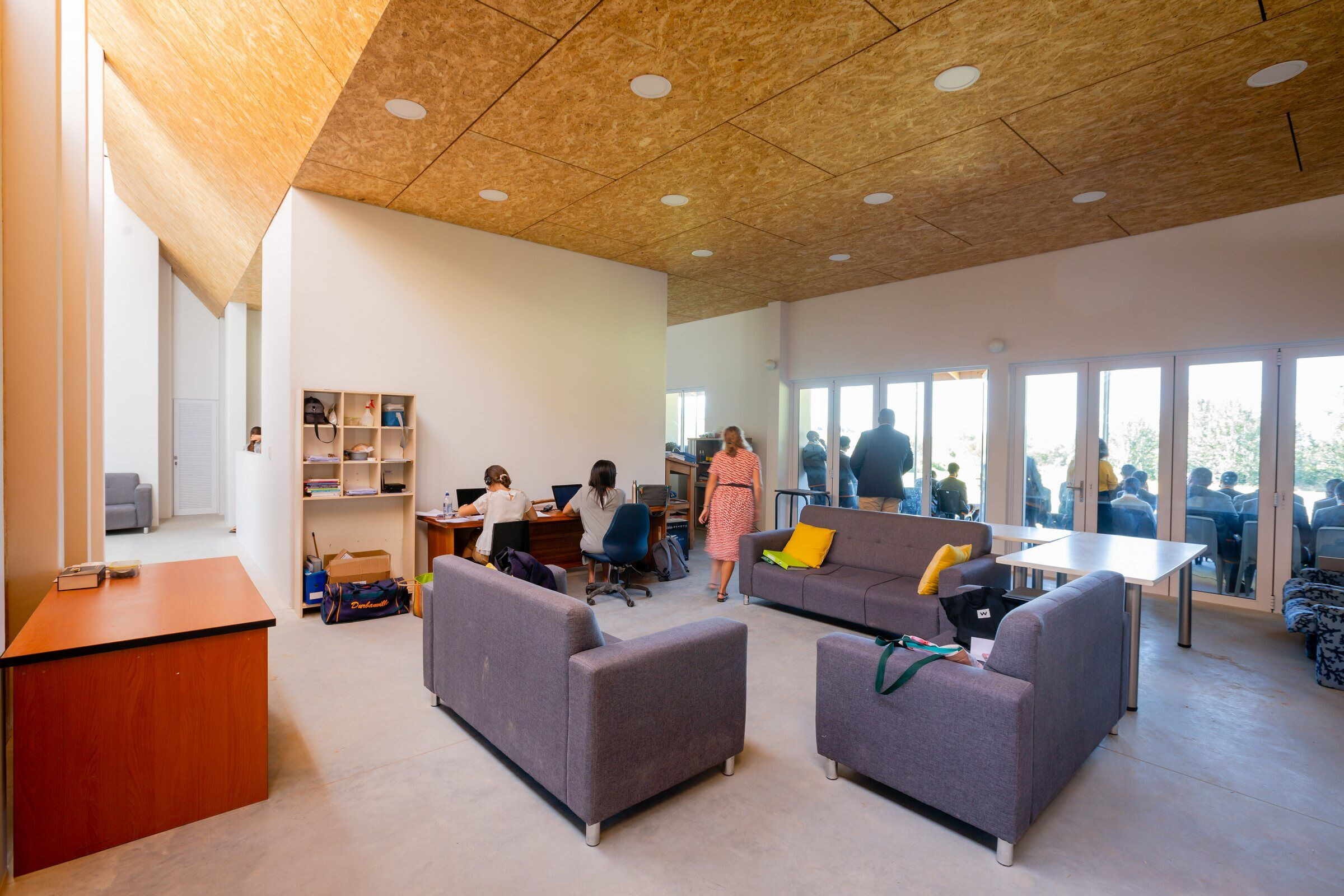
Being placed between the original school building and sports field, allowed us to start thinking of the new building also as a pavilion overlooking the sports field and its pleasant natural surroundings. The terrace on the south side where the sports field is located was widened with seat sized steps leading down to the field. This roofed terrace functions as assembly, spectator, or overflow space for the adjacent rooms. The adjacent rooms are the staffroom and a flexible classroom. A removable divider separates these functions and when opened combines them to form a venue that can accommodate in excess of 150 people. This venue spills out on all sides to the verandah's and creates opportunity for a wide variety of functions. As part of the school's participation in the local community it also serves as an event space that is available for the public to rent for private functions, providing an additional income stream to the organisation.

All the spaces are optimising natural light. At the staffroom where there is no direct connection to a northern wall for windows, a skylight made of polycarbonate tiles was placed. Combined with constructing the ceiling of OSB board - to save cost, provide acoustic absorption, and fit with a palette of raw material use - the natural lighting gives the internal spaces a serene quality.
The new additions, levels and volumes establish a series of courtyard and outdoor spaces for learners to pause, spectate, linger or congregate.
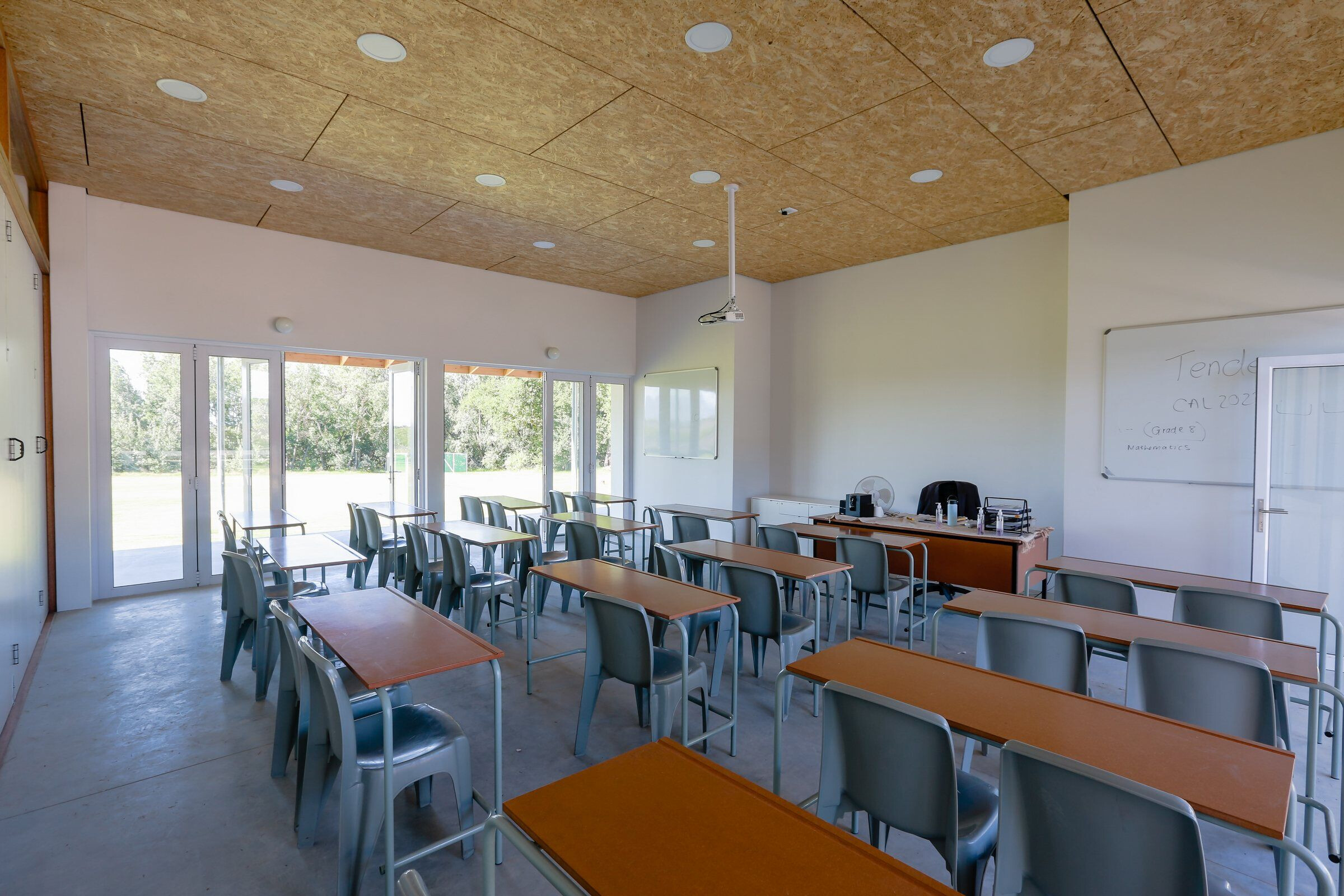
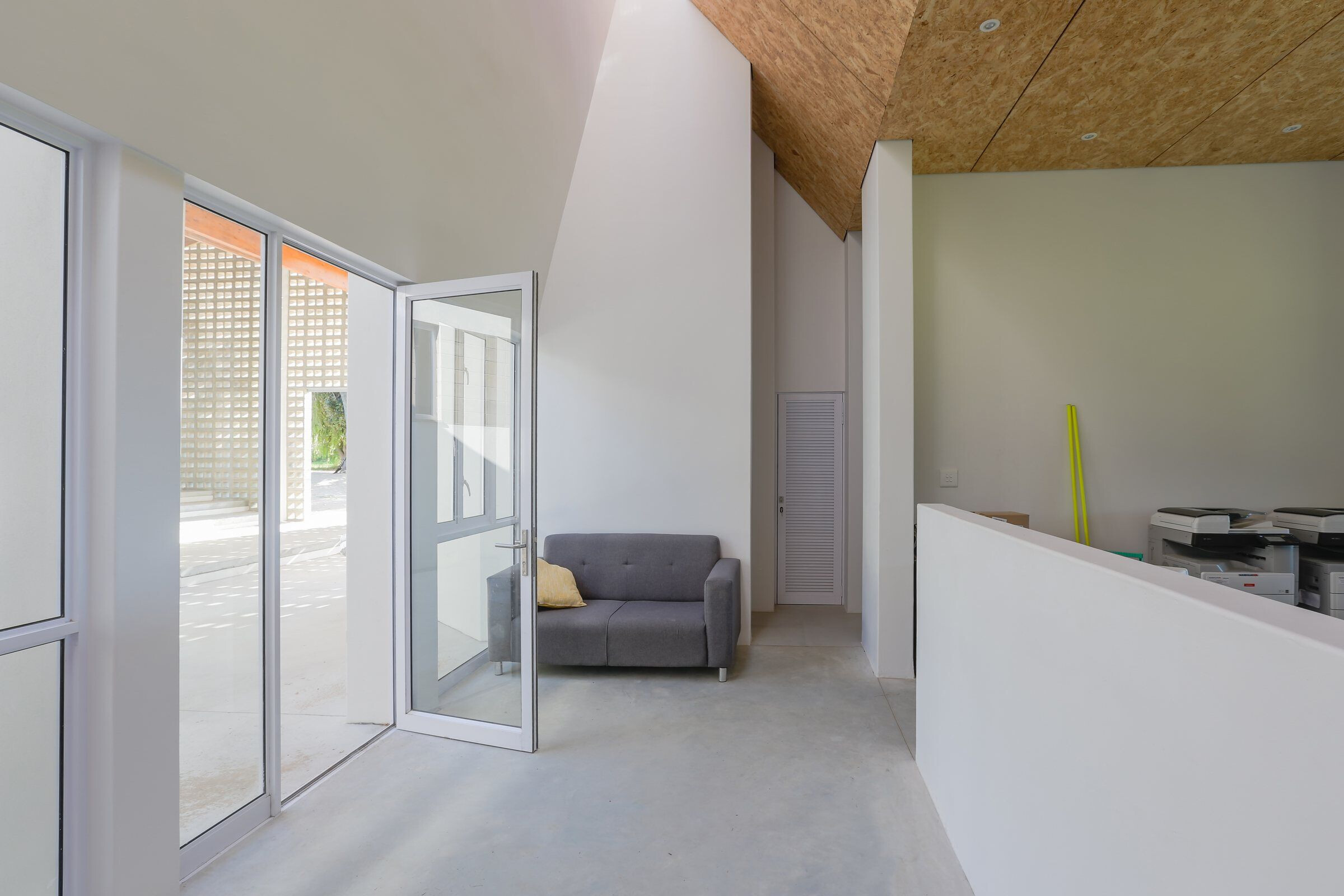

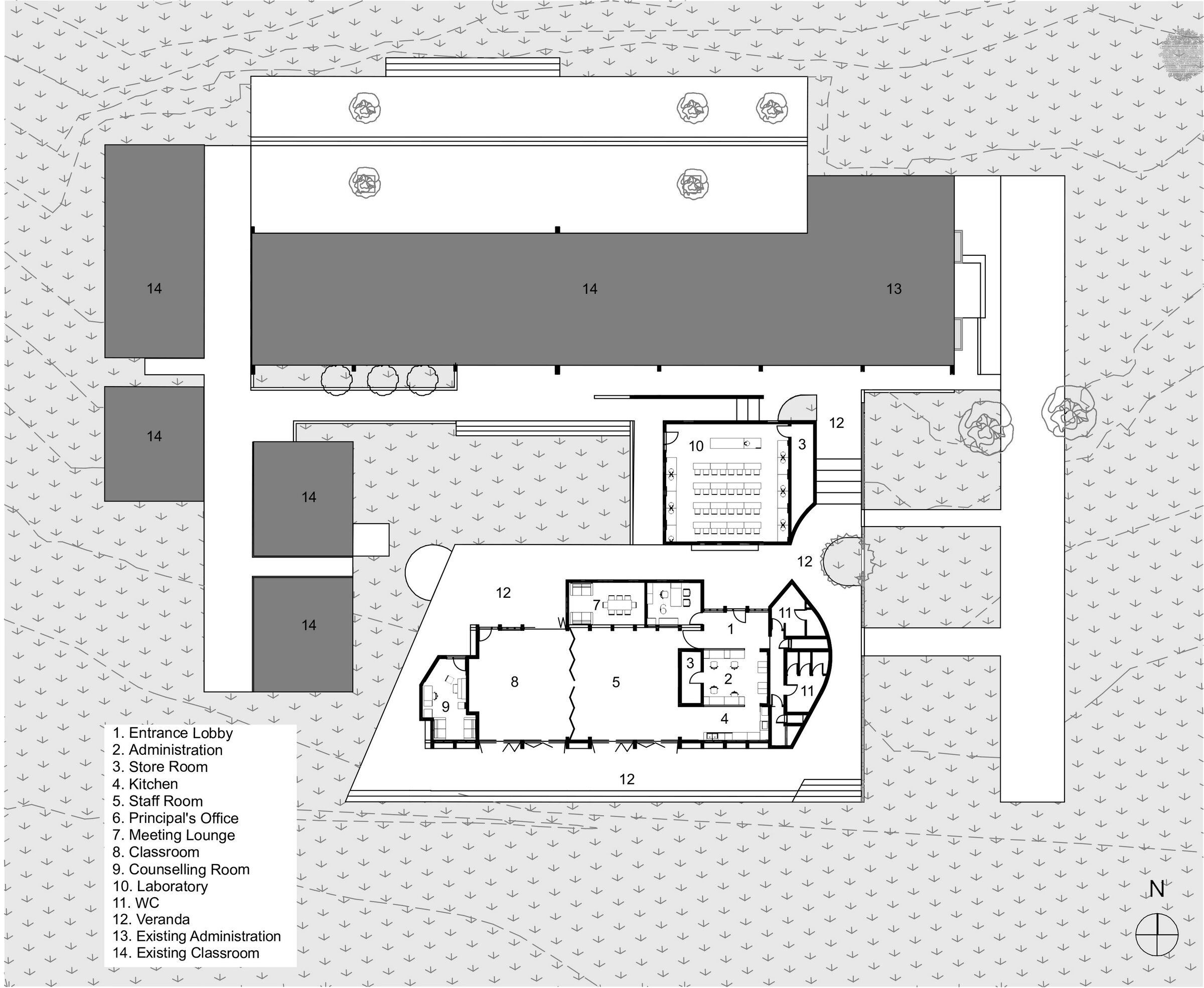
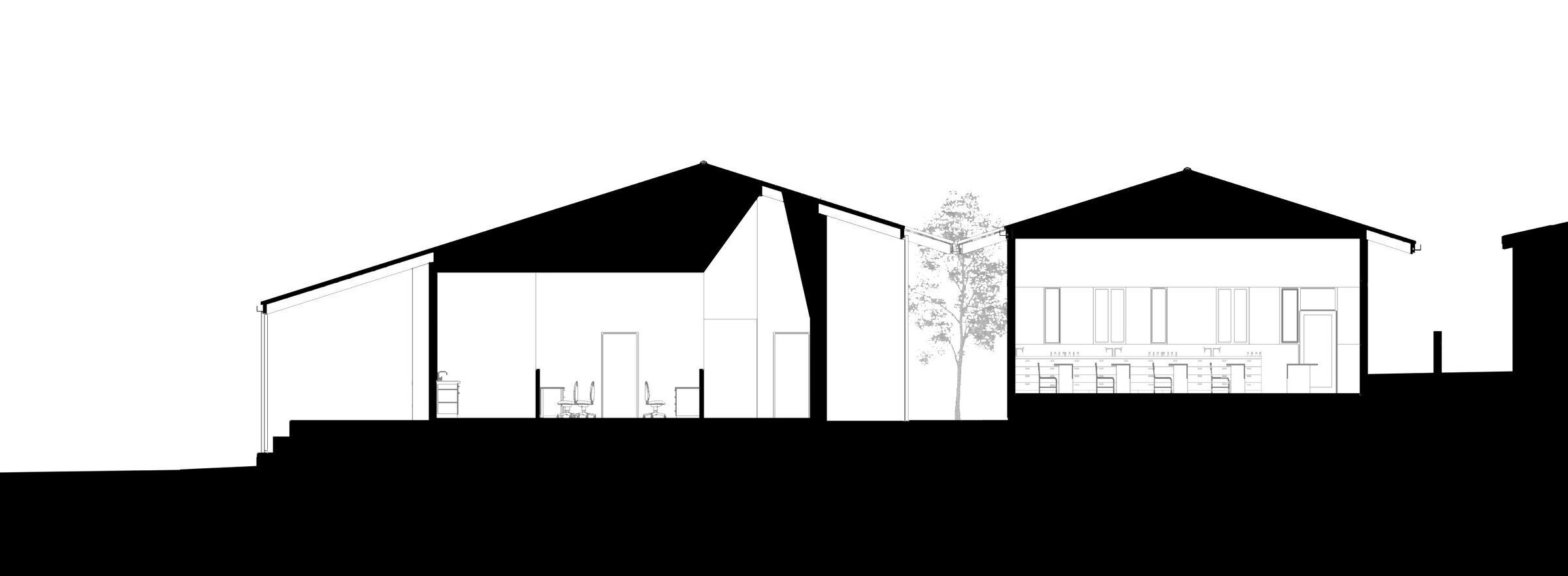

Material Used:
1. Concrete roof tiles: BMI Coveland
2. Translucent roof tiles: BMI Coveland
3. Lighting: Spazio fittings with light level simulations by LED Lighting SA
4. Internal timber doors: Custom made Supawood door leafs and Meranti door frames by Multi Homes Joinery
5. Aluminium Doors & Windows: Wispeco profiles by Aluscience
6. Ceilings: 18mm OSB board; 40mm Isoboard
7. Sanitary ware: Re-used fittings received as a donation


















































